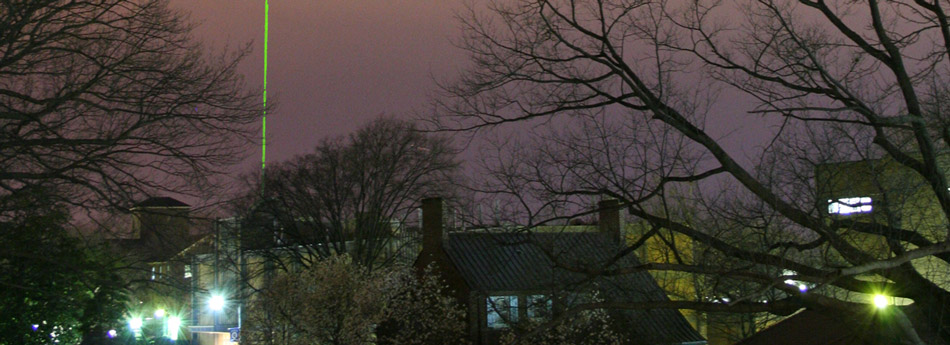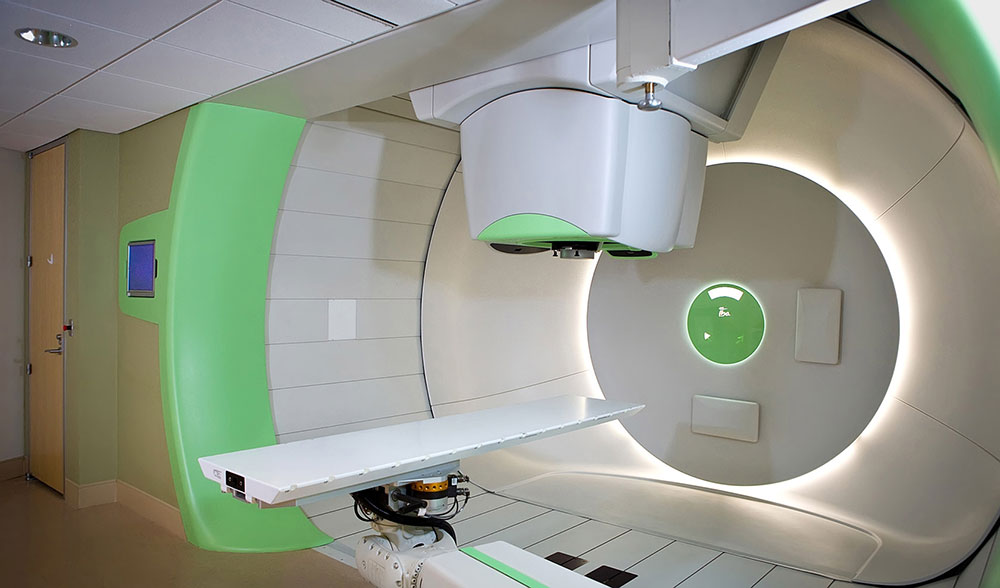School:Hampton University
Background
Hampton University is a comprehensive institution of higher education, dedicated to the promotion of learning, building of character and preparation of promising students for positions of leadership and service. Its curriculum emphasis is scientific and professional with a strong liberal arts under girding. In carrying out its mission, the University requires that everything that it does be of the highest quality.
Research and public service are integral parts of Hampton's mission. In order to enhance scholarship and discovery, the faculty is engaged in writing, research, and grantsmanship. Faculty, staff and students provide leadership and service to the University as well as the global community.
Student Innovation and Entrepreneurship
Hampton University is located near a number of external facilities such as Nasa Langley Research Center, National Institute of Aerospace Headquarters, Thomas Jefferson National Accelerator Facility, Northrop Grumman Shipbuilding, Veterans Affairs Hospital and much more. This easy accessbility provides a multitude of resources for faculty to tap into for providing students with involvement that complements the on campus learning experience.
There are a number of ways that students are able to be involved in innovation. It starts in the classroom with classes such as Introduction to Physics with calculus and Engineering Principles 101 planting the seed of critical thinking and the appropriate fundamental methodologies used for problem solving. These are further nurtured from various hands-on experiences that can be had via on campus research. From the natural sciences such as Physics, Biology and Chemistry to various Engineering disciplines, these lab experiences, many of which are funded by NSF, military research offices such as Army Research Office, Naval Research Lab and/or private companies, supplement the textbook knowledge with application.
Talks from guests are frequent to give students more insight into directions that their technical skills can be applied to. Whether students are listening to Damian Young of MIT/Harvard's Broad Institute speaking about diversity oriented synthesis for drug discovery or attending a visiting professor's talk on novel research in Big Data at the National Institute of Aerospace, there is never a shortage of inspirational material.
Faculty Innovation
Hampton University faculty includes a number of patent holders and innovators. Inventors of fiber optic based artificial nerves, novel spectroscopic techniques and all manner of advanced sensors call Hampton University their home by the sea. Various research centers are housed all over campus covering broad topics such as atmospheric sciences, quantumn optics, health disparity, skin of color research, information research, genomics and more. These centers are locations where faculty not only develops innovative solutions to problems but also pass on the torch to students.
In 2005 our President Dr. William R. Harvey and several medical and nuclear physicists on our campus began to shape a vision of creating a proton therapy cancer treatment facility in Virginia. This culminated with our groundbreaking ceremoney in 2010 of the Hampton University Proton Therapy Institute.
University Technology Transfer
Hampton University does not have a tech transfer office. The university is not patent-friendly with a patent policy that is derivative of and modified from MIT's policy as it stood sixteen years ago. The school tends to shy away from pursuing patent registration as they don't believe the number of patents that break even against the registration fees warrant the expense. Changing the patent policy to be more inventor friendly as well as instituting a tech transfer office is but a small part of our strategy.
University-Industry Collaboration Efforts
As-is professors have been doing a great job of going out and interfacing with industry companies to form collaborations. One example is how the Solid State Laser Development group within the department of Physics collaborates with Brimrose Corporation, the Army Research Office and Baitaille for basic research within laser induced breakdown spectroscopy and optical refrigeration of rare-earth doped solids. Collaborations like these bring in the necessary funding to support both undergraduate and Ph. D. candidates while also paying for infrastructure such as PC's for the physics labs and such. These initiatives are created by individual professors. With a tech transfer office in place, we'd be able to accomplish more.
Landscape Canvas
https://docs.google.com/spreadsheet/ccc?key=0AgvotShYR559dERYeTNWY1VkZmxrRnlhVUlNbzBZX3c&usp=sharing
Related Links
Hampton University Strategic Plan
Related links


